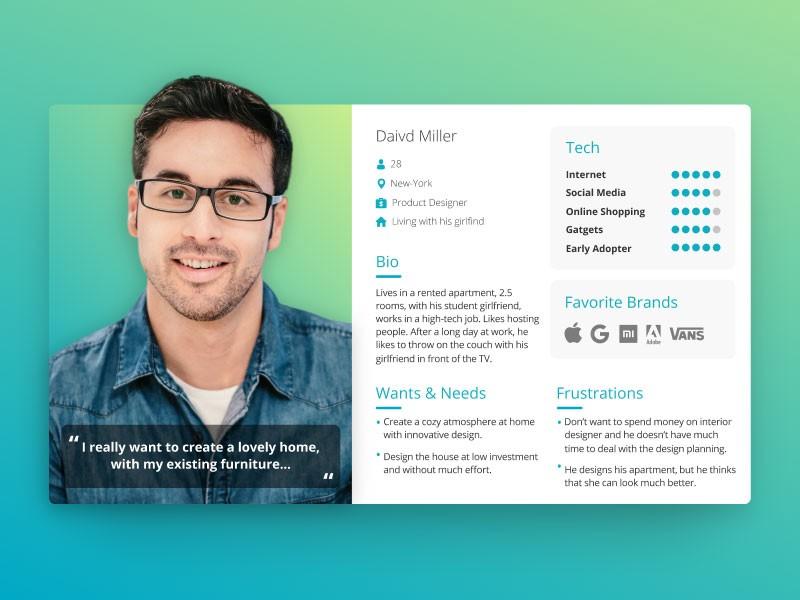Question: How to evaluate UX in Product Management?
User Experience is one of the most difficult categories to evaluate and measure in product making.
Before being judged by Users & the market, the product maker himself needs to be able to self-assess the experience of the product made by his team.
Called Experience, Emotion, how is it right to evaluate? But that’s the answer for Amater, you – the Product maker need a more specific approach.
When looking at a product, a user flows to determine how good or bad its UX is. Here are some questions you can use.
1. Who is the user? What is the usage context?
This is the first question you need to think about. Because if you do not understand the object & context of use, all judgments are meaningless.
For example, the product Grab. User is an office worker, young, high-tech. The context of use is urgent, impatient to book a car to go to work in the morning.
This question leads to the concept of User Personas.
User Personas is a method you use to understand the User Object & Usage Context.

A Persona consists of 3 main parts:
- Background info: customer information, from basic information to behavior and personality. It is important to understand who they are. For example, Demographic for individual users (Age, Gender, Education, income…), Firmographic for corporate customers (Industry, Size, Location…)
- Wants, Needs: What do they want to solve when they find your product or similar products?
- Frustrations: Have they worked it out yet? If not, what is stopping them from getting what they want?
A product usually has 2-4 Personas. Including 1 main Persona & minor Personas.
2. What does the user want to achieve? What is a job to be done?
You don’t judge UX by clichés like “Ok experience”, “Smooth UX”…
You evaluate UX based on the value that Feature, Flow (flow is a group of tasks to help users solve a specific problem) brings to users.
Basic value is created by two factors:
Solve the problem. Users achieve their goals Experience, emotions in the process In which idea 1 is more important than idea 2.
So first you understand who the user is & the context to use with Personas. Then you need to clearly understand what they want to achieve in the Feature, Flow you are evaluating.
To do that, you use the Jobs To Be Done (JTBD) technique.
You can read more about JTBD here.
It is difficult to evaluate UX without clearly defining what the user wants to achieve.
3. What steps do users need to go through to complete JTBD?
You have clearly defined what Users want to achieve, thereby avoiding general judgments based on personal feelings.
The next step is to draw out the steps and stages Users need to go through to complete the JTBD.
You use the Customer Journey technique to draw.
The basic Customer Journey consists of 3 parts:
- First define Persona & JTBD to understand who the user is and what they want to achieve (Look at Zone A in the image above)
- Next list the steps the user needs to go through to get what they want & rate the experience for those steps (Look at Zone B in the image above)
- At each step, state how you felt about the experience at that step. Good, how bad? What is there to improve? What opportunities are there for improvement? (Look at Zone C in the picture above)
4. Comments and evaluations
Now you have enough knowledge to evaluate UX scientifically instead of just based on the senses.
However, theory alone is not enough to give you the necessary acumen. Put theory into practice as much as you can. Rate the products you use every day.
That’s the way to judge UX. Care of!
Original article at: https://simpleproductmind.com
